"The legacy of history" from a thousand years of Thang Long
The final episode of "The Road to Thang Long" aired on VTV5 from October 20th. This film, produced in 2009 for the Thang Long Millennium celebration, was not broadcast during that period because it failed to pass the review process of the Central Film Review Council.
In 2010, the film was not approved partly because of its "purely Vietnamese" elements. Information at the time indicated that the film had many scenes shot at the Hengdian Film Studios (China) and used foreign extras… Mr. Le Ngoc Minh, then Deputy Director of the Film Department and Chairman of the Central Film Appraisal Council, stated that the council had requested that the use of large-scale scenes such as palaces and temples filmed in China be minimized.
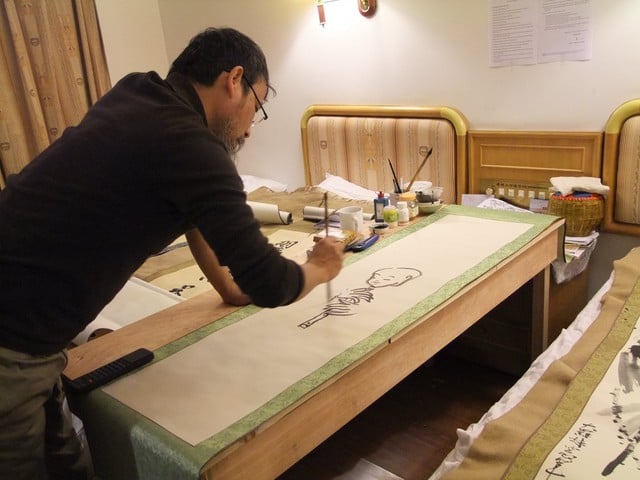
Artist Phan Cam Thuong created this calligraphy artwork to be used as a prop in a film.
PHOTO: FB ROAD TO THANG LONG CITADEL
Mr. Minh himself had concerns about the public's and professionals' desire for "purely Vietnamese" films at the time. He said: "It's not just me, but surely all Vietnamese filmmakers, when making films about history or historical fiction, want to create films that are 100% purely Vietnamese. But what we call 'purely Vietnamese' from centuries ago, from a thousand years ago, is still being explored and debated. Therefore, filmmakers must not only research to find the true 'purely Vietnamese' but also use their intuition to create props and costumes that are at least different from foreign historical films."
At the time, the costumes and architecture sparked controversy, being criticized for being too similar to Chinese historical dramas. Furthermore, some major battles were depicted too briefly, leading to criticism that they didn't accurately reflect historical facts. The portrayals of historical figures also failed to satisfy historian Le Van Lan, as they didn't match descriptions in historical records…
Regarding this broadcast, Mr. Dang Tran Cuong, Director of the Cinema Department (Ministry of Culture, Sports and Tourism), stated that the Department had not received any request to distribute this film. However, according to current law, the film does not require permission from the Cinema Department for distribution. "According to the regulations of the Press Law and the Cinema Law, films broadcast on television stations fall under the authority of the station's General Director. The authority to approve broadcasts on the station's channels rests with the General Director," Mr. Cuong said.
A "pilot" historical drama
After the TV series "The Road to Thang Long" was broadcast, Mr. Tran Viet Phuong of 3D Company shared his thoughts about the film on his personal page. He said that 10 years ago, he was tasked with editing the film "Ly Cong Uan's Road to Thang Long" (which is actually the film "The Road to Thang Long" ) to make the setting closer to the context of Dai Viet. "The work was difficult because we were only involved in the post-production phase and didn't have any pre-production elements," Mr. Phuong recalled, adding that they had to edit several hundred frames. "Back then, we worked on it for about 4 months, with over 20 people," he said.
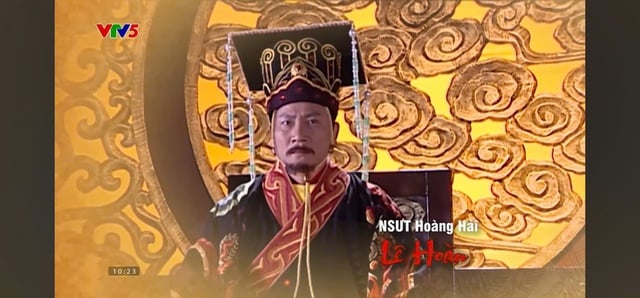
The crown with four tassels is historically inaccurate.
PHOTO: SCREENSHOT
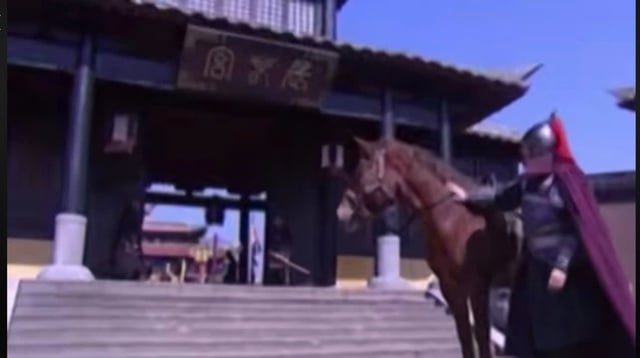
The scene was filmed at the Hengdian Film Studios (China).
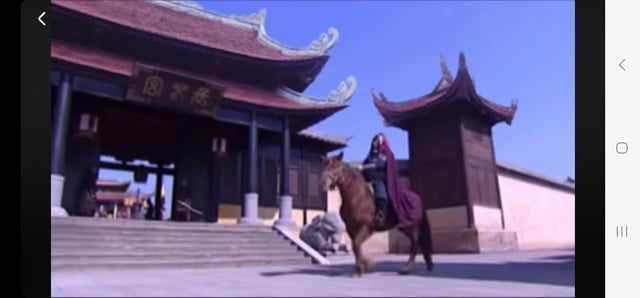
The scene after the architectural finials were replaced to give it a more authentically Vietnamese look.
According to Mr. Phuong, the renovations included repairing the architecture and the decorative patterns on the walls, as well as changing the colors of the costumes. "We renovated some of the buildings that were originally filmed in Hengdian, and changed the colors of the costumes. The clients requested that the colors be changed to more subdued shades, to avoid giving it a Chinese feel," Mr. Phuong said.
Mr. Phuong said that when renovating the architecture, his special effects team received a request to replace the roof structure with eaves that were not too characteristic of any particular period. "The patterns shouldn't be too obvious because if they are, it will be recognizable as the Le Dynasty or some other period… It just needs to have a Vietnamese feel. We avoided patterns that clearly indicate the era. For example, it could still be the Ly Dynasty, but with just clouds and water, not the distinctive patterns of the Ly Dynasty," Mr. Phuong said.
Regarding the interior furnishings, Mr. Phuong said: "For example, the items on the table, theoretically, the Ly Dynasty still used Dong Son artifacts or Chinese artifacts; that's normal. But the architecture of Hoang Diem must be completely erased." In fact, the interior designs were meticulously planned beforehand. For instance, many patterns were taken from the temples of King Dinh or from Dong Son jars. The calligraphy works were all done by the artist and researcher Phan Cam Thuong.
On the Dai Viet Co Phong website, a forum dedicated to heritage enthusiasts, the costumes in the film were also analyzed, and it was concluded that the costumes were acceptable. It should also be added that the practice of period costumes flourished after the book " A Thousand Years of Clothing and Headwear" by author Tran Quang Duc. This work analyzes numerous historical examples and artifacts to highlight the characteristics of costumes from different periods.
Interestingly, many heritage enthusiasts, despite noticing the costume errors in the film, accepted them because the period in which the film was made lacked the in-depth research seen in " A Thousand Years of Clothing and Headwear ." The four tassels on the crown as depicted in the film are incorrect, but they were accepted as a reflection of the emerging understanding of historical costumes at that time.
Nguyen Tran Khanh's account suggests that the film differs from history, but he argues that "it's already a historical drama." This viewer commented: "...The film is really captivating, the fight scenes are awesome. I watched all four episodes in one go, then Googled the history of that period to compare it. So the film is a success." Meanwhile, Mr. Tran Viet Phuong stated: "Even now that the film is airing, to be fair, it's a good film for its time period. Everyone is free to debate the historical elements."
Source: https://thanhnien.vn/duong-toi-thanh-thang-long-thuan-viet-den-dau-185251027230859893.htm













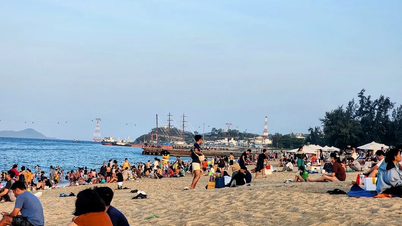
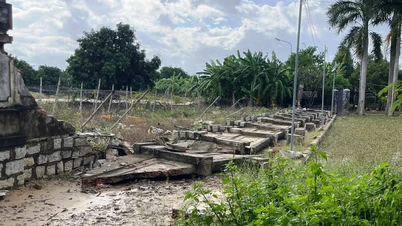
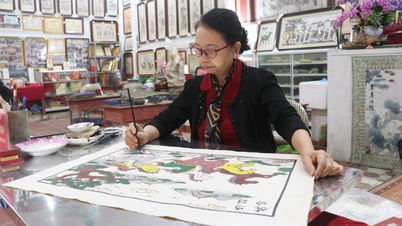


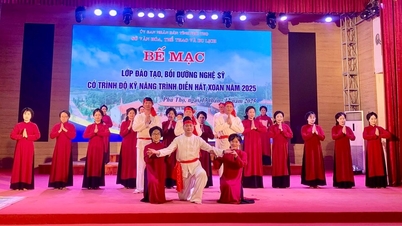


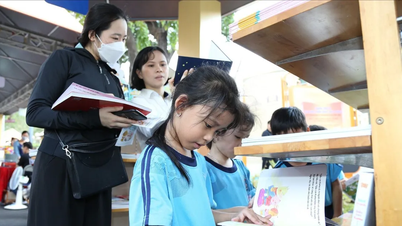















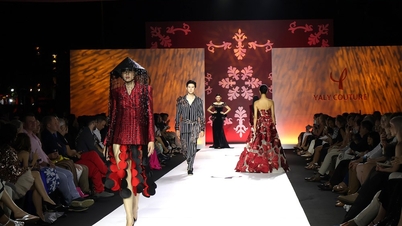





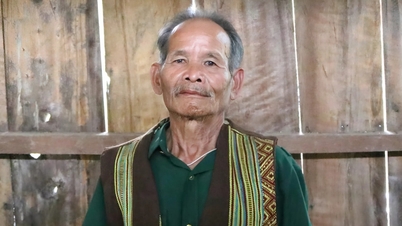









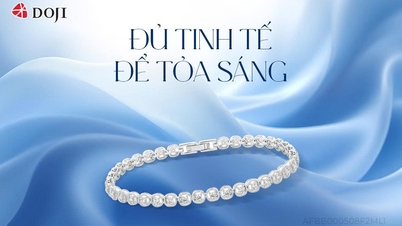



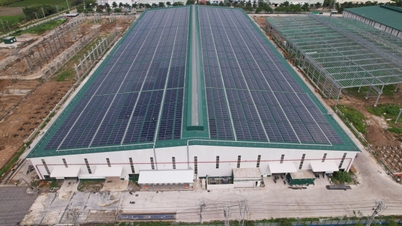


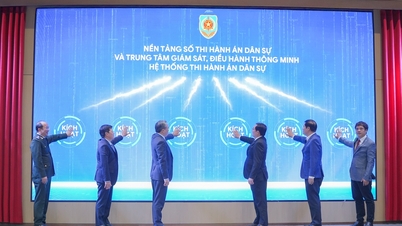







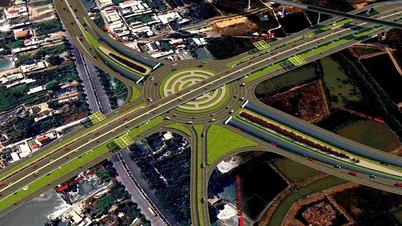


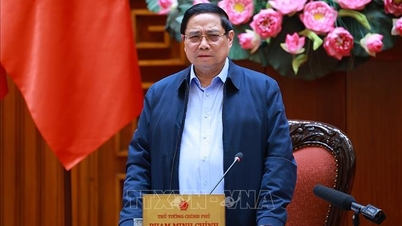



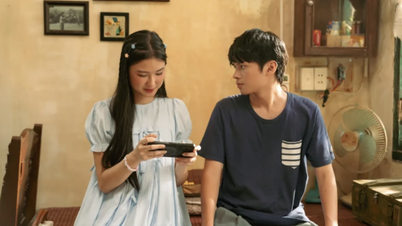
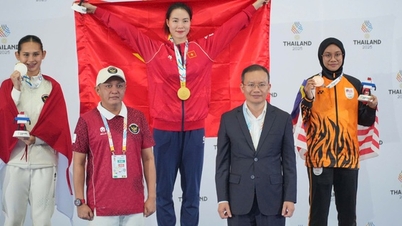

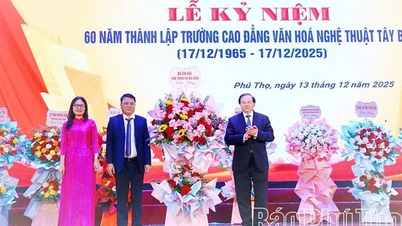
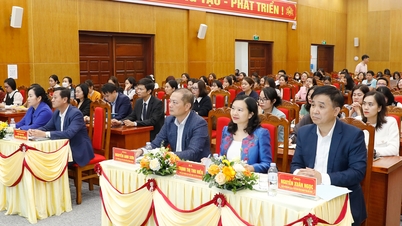

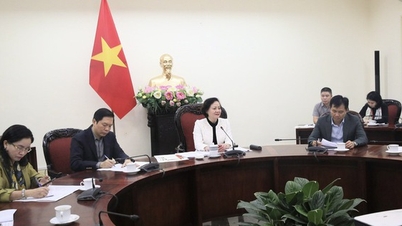
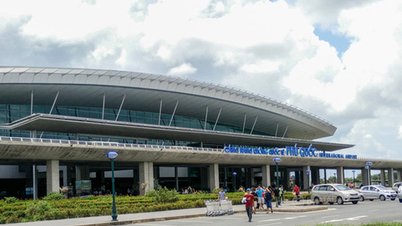
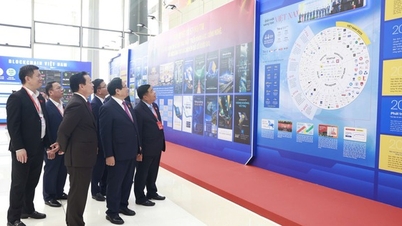




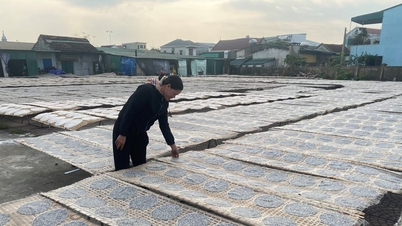
















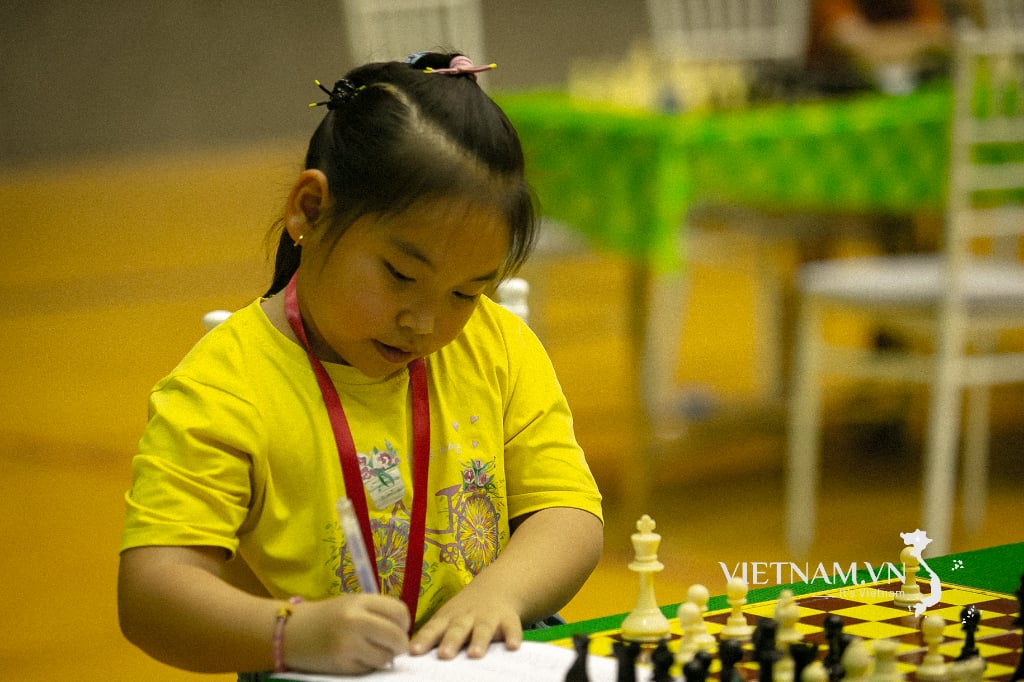



Comment (0)